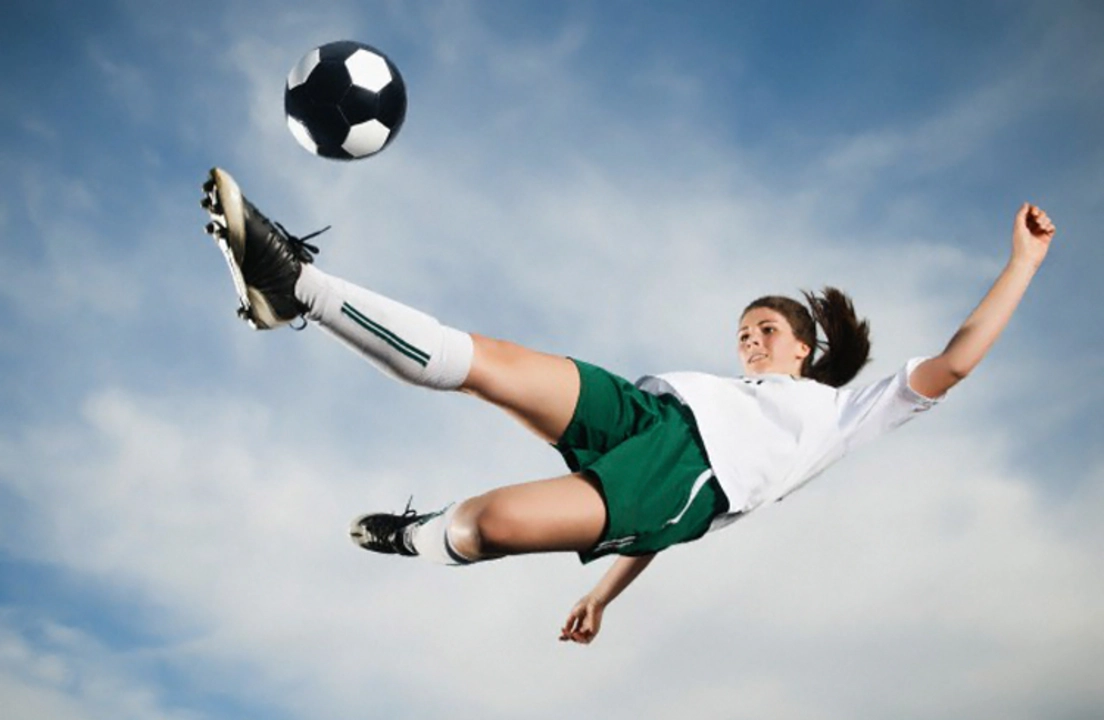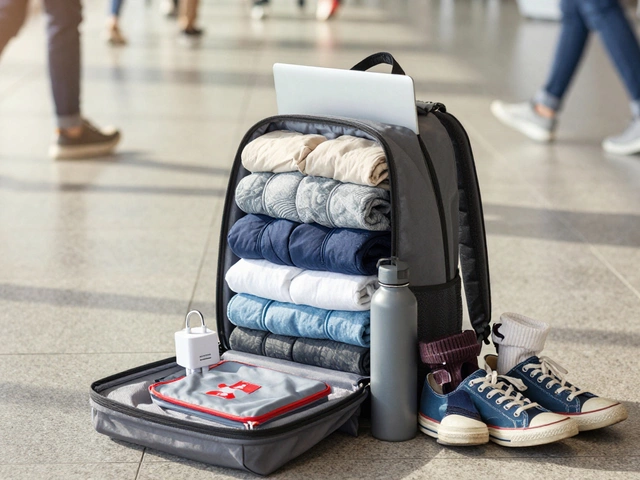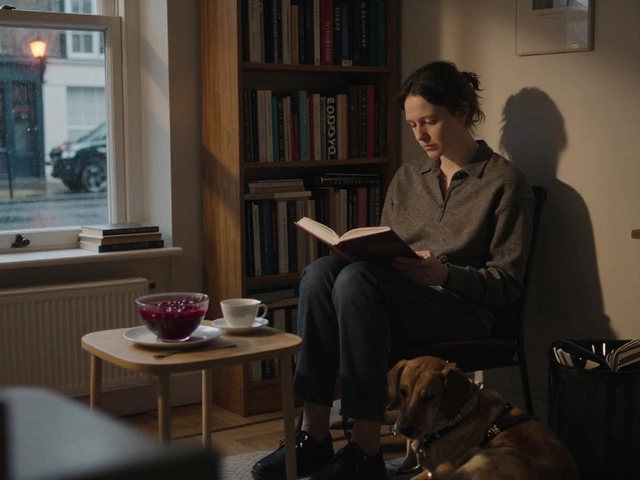Soccer Ball Basics: What Every Player Should Know
Whether you’re kicking a ball in the park or playing a league match, the right soccer ball makes a huge difference. It affects how you control, pass, and shoot. In this guide we’ll break down the different kinds of balls, the sizes you need, and simple tricks to keep your ball in top shape.
Types of Soccer Balls and Their Uses
Most balls fall into three categories: training balls, match balls, and premium replica balls. Training balls are built tough, with a thicker cover that tolerates rough surfaces and heavy kicks. Match balls are the ones you see in professional games – they use a stitched or thermally bonded design for better flight and touch. Replica balls sit between the two; they look like match balls but use cheaper materials, making them a good choice for weekend leagues.
Materials matter too. Classic leather balls feel soft but soak up water, so they’re rare nowadays. Modern balls use synthetic leather (often polyurethane) that stays dry, feels consistent, and lasts longer. Some premium balls add a textured surface to improve grip and aerodynamics.
Choosing the Right Size and Weight
Size matters more than you might think. Kids under 8 usually play with Size 3 (about 22‑cm diameter). Teens and adults use Size 5, which is the standard for most competitions. Size 4 is a good middle ground for youth over 8 and for indoor futsal.
Weight is measured in grams. A legal Size 5 ball weighs between 410‑450 g. If a ball feels too light, you’ll get less control; too heavy and it can tire you out quickly. When you pick up a ball, it should feel solid but not cramped in your hands.
Another quick tip: bounce test the ball on a hard surface. A proper ball should bounce back up to about half its height. If it stays low, the air pressure is off or the ball is worn out.
Now that you know the basics, let’s talk about caring for your ball so it lasts longer. First, keep it inflated to the pressure listed on the ball – usually 0.6‑1.0 bar (8‑15 psi). Over‑inflating can make the ball hard and prone to cracking, while under‑inflating reduces accuracy. Use a good hand pump with a pressure gauge and check the pressure before every game.
After a match, wipe the ball with a dry cloth to remove mud and sweat. Avoid harsh chemicals; a mild soap solution works fine if the ball is really dirty. Let it air‑dry away from direct sunlight, which can warp the outer layers.
If you play on rough surfaces like gravel, consider a training ball with reinforced panels. It will survive the abrasion better than a match‑grade ball. For indoor play, a softer, low‑bounce ball reduces damage to floors and gives you better control in tight spaces.
Finally, budget doesn’t have to limit quality. Many reputable brands offer entry‑level match balls that cost under £30 but still meet FIFA standards. Look for the “official match” label and read reviews about durability and feel.
With these pointers, you can pick a soccer ball that fits your level, budget, and playing style. Keep the ball well‑inflated, clean, and stored in a cool place, and you’ll enjoy better performance game after game.
What happens to energy when Sally kicks a soccer ball?
When Sally kicks a soccer ball, she transfers her energy to the ball in the form of kinetic energy. The ball then moves through the air, and its kinetic energy is converted to potential energy as it reaches its highest point. As the ball falls back down, the potential energy is once again transformed back into kinetic energy. Some of this energy is lost as heat due to air resistance, which causes the ball to eventually come to a stop. Overall, this process demonstrates the conservation of energy, as it's simply transformed from one form to another during the kick.



